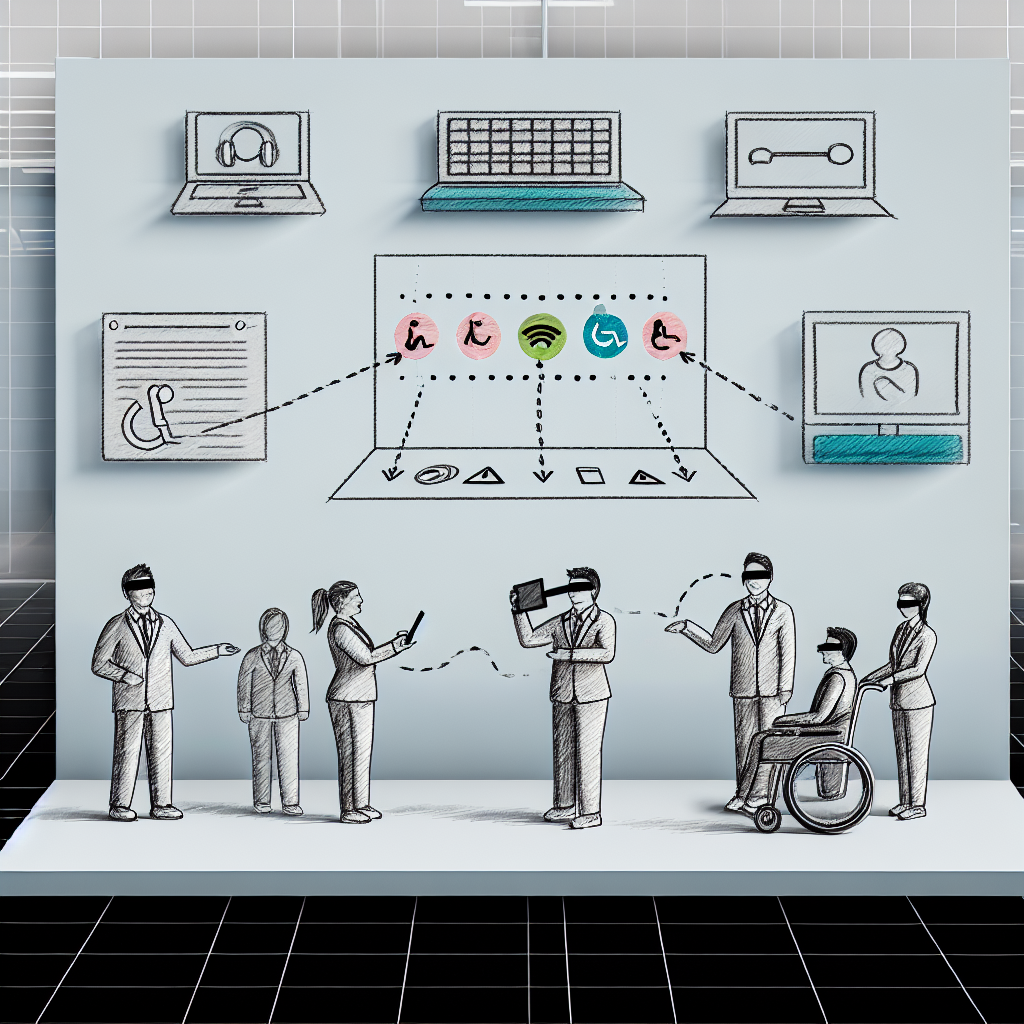
Understanding accessibility in customer experience (CX) is crucial for businesses aiming to offer inclusive services and build loyal customer relationships.
Accessibility in CX refers to the ease with which all customers, including those with disabilities, can interact with and benefit from a business’s products and services. Enhancing accessibility involves adopting practices that ensure websites, mobile apps, and physical locations are usable by everyone, regardless of their abilities. Prioritizing accessibility can significantly improve the overall customer experience, driving customer satisfaction and brand loyalty.
In today’s digital age, significant portions of customer interactions occur online. Making digital platforms accessible is no longer optional; it is a necessity. Accessible websites and mobile applications allow customers with visual, auditory, cognitive, or physical disabilities to engage with your business effortlessly. By adhering to Web Content Accessibility Guidelines (WCAG), businesses can ensure their digital platforms meet the required standards, thereby enhancing the customer experience.
While digital accessibility is critical, physical accessibility remains equally important. Ensuring that your physical locations are accessible to all customers includes providing ramps, wide aisles, and accessible restrooms. Additionally, having trained staff who are sensitive to the needs of customers with disabilities can make a significant difference in the overall customer experience.
Regular user testing, including feedback from people with disabilities, is essential in identifying and fixing accessibility issues. Conduct usability tests with a diverse group of participants to ensure your services meet everyone’s needs. This proactive approach can reveal overlooked barriers and help refine accessibility solutions.
Implementing accessibility is not a one-time project but an ongoing commitment. It’s essential to stay updated with accessibility standards and regularly review your policies and practices to ensure continuous improvement.
Adhering to accessibility standards is not merely a best practice but often a legal requirement. Various laws like the Americans with Disabilities Act (ADA) in the USA mandate accessibility in physical and digital environments. Non-compliance can lead to legal repercussions, customer dissatisfaction, and damage to a company’s reputation.
Beyond legal obligations, businesses have a moral duty to provide equal access to all individuals. Fostering an inclusive culture by integrating accessibility into your CX strategy demonstrates a commitment to social responsibility and can enhance your brand’s image.
Key elements of digital accessibility include screen reader compatibility, keyboard navigation, and descriptive alt text for images. These elements ensure that digital content is accessible to users with various disabilities.
User testing is vital as it involves feedback from people with disabilities, helping identify and address accessibility barriers. It ensures that the services provided meet the needs of all users, improving their overall experience.
